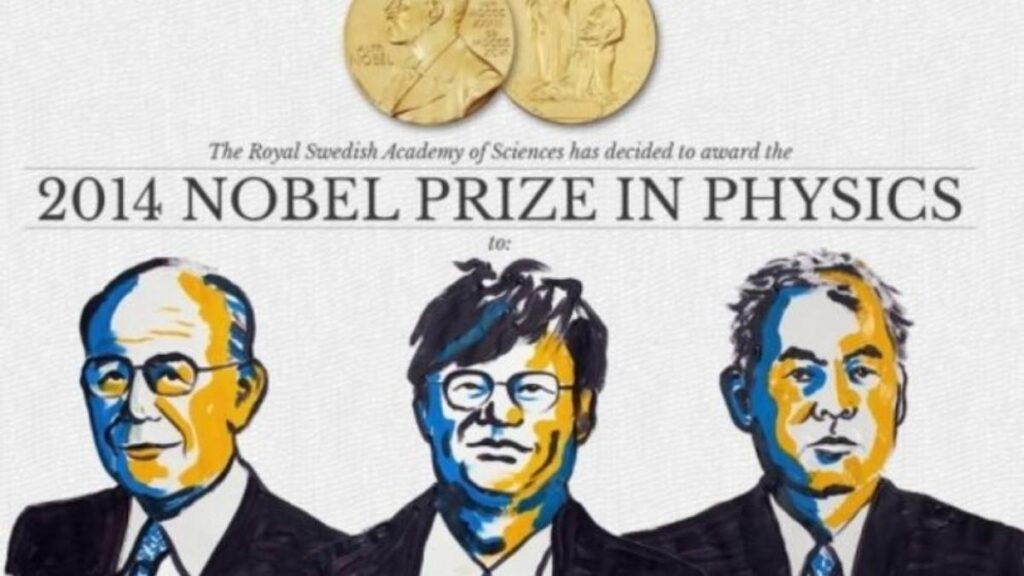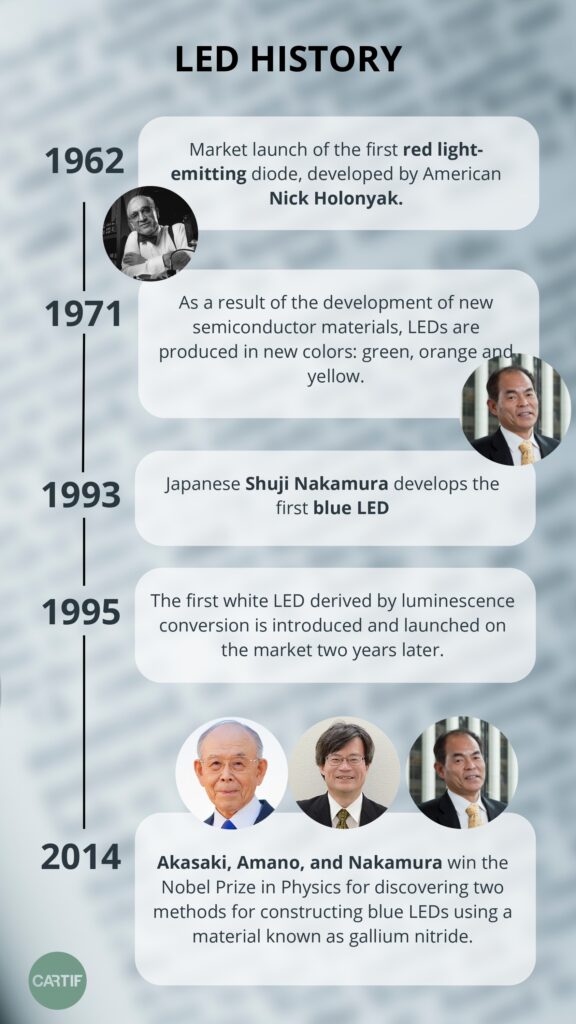Innovation isn´t just about having a good idea. It´s about fighting for it when nobody does. It´s about shaping it when it´s still intangible, about falling a hundred times until, suddenly, something starts to shine.
We tend to think when we talk about innovation, that thanks to the emergence of a brilliant idea we´ve solved that small goal or problem or, on other occasions, a huge problem that can transform the world. The truth is that no brilliant idea goes very far unless it´s achieved by people who, with great effort and perserverance, manage to “materialse” that brilliant idea.
Innovations can emerge from any corner of an organization. Often, management levels find it easier to turn an intuition into a line of work, but it´s also common for a good idea to emerge from the technical team, production, quality, or even administration. The real challenge is ensuring that the idea survives all the obstacles involved in becoming a reality. And there are many obstacles, fromclose colleagues, managers who don´t support the idea because is more comfortable to remain in their comfort zone, to obtaining internal or external financing. In other words, the challenge of innovation often lies in surviving the effort of going from an idea to a clear reality.
“The challenge of innovation often lies in surviving the effort of going from an idea to a clear reality”.
History is full of brilliant ideas that died for lack of perseverance. But it´s also full of projects that were born, not beacuse they were obvious or perfect, but because someone insisted beyond reason. Rarely do these ideas and the people behind them change the worl as we know it (disruptive innovations1).
To illustrate with real-life examples how brilliant ideas change the world, let´s talk about one of the most shocking stories of innovation: the 2014 Nobel Prize in Physics awarded to Isamu Akasaki, Hiroshi Amano and Shuji Nakamura for the invention of the BLUE LED. That small invention allows us to have thin LED screens today, and thanks to which you can read this from your laptop, mobile phone or tablet (there are several more applications thanks to this invention)

BLUE LED History
For decades, red, green and yellow LEDs were achieved. But not blue. And without blue, efficient white light, LED displays, and low-consumption projectors couldn´t be created. The world´s leading companies and research centres tried and failed. It was simply too difficult.
The challenge lay in the base material. Gallium nitride (GaN) was the best option, but it was very complex to synthesize and dope. The crystals were defective. The light emission was unstable. Many tried and all gave up.
All except three people: Isamu Akasaki, Hiroshi Amano y Shuji Nakamura.
Akasaki and Amano, from Nagoya University, began experimenting in the 80´s.
Nakamura, an engineer at a small Japanese company called Nichia Corporation, continued his research almost self-taught, against the advice of those around him.
For years, they worked with limited resources, without visibility, suffering constant failures and rejection from the scientific community. But they persisted.

In 1993, Nakamura finally succeeded in developing the first highly efficient, commercially available blue LED. That blue light not only changed lighting, but also paved the way for new sustainable and more efficient technologies. In 2014, the three received the Nobel Prize in Physics for an innovation that took 30 years to see the light of day… literally.
I would encourage you to reread the story of this invention in more detail, because it truly is a great example of how perseverance and effort can literally change the world for the better. Furthermore, we can learn valuable lessons from this story:
- Most companies abandon an idea if there are no results within six months. The blue LED took more than a decade to work, and decades to be recognized.
- Understand innovation as a marathon, not a sprint.
- True innovation requires more effort than genius.
- Innovation must be sustained, even when there are no results.
“In organizations, we should value those who persist with rigor and conviction. Not all ideas are going to change the world, but many that would never do so because no one fights hard enough for them. Like the blue LED, perhaps your company’s next great innovation isn’t in the most visible idea, but in that person who keeps believing in it, even when everything else fails.”
Because in the end, innovation isn’t just about being right, it’s about having the determination to prove it when no one else sees it.
1. Disruptive Innovations
A process by which products, services, or business models are introduced that radically transform an existing market, creating new ways of satisfying needs or even creating entirely new markets
- Innovation is a marathon, not a sprint - 8 August 2025
- Robot training in virtual worlds? - 1 December 2023
- CARTIF, SMEs and Digital Transformation - 12 September 2022
